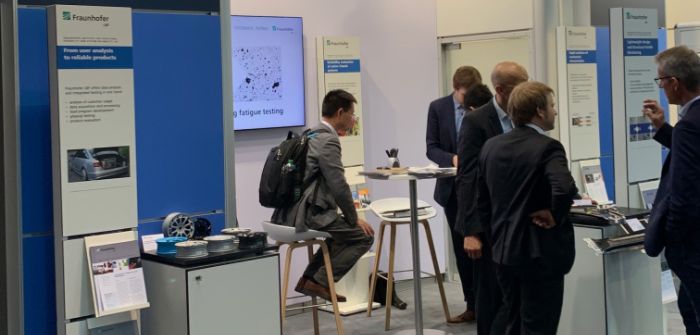Scientists from the Fraunhofer Institute for Structural Durability and System Reliability LBF used Automotive Testing Expo Europe 2019 to present the results of a study titled Digitization in Testing Technology, which questions how physical testing can benefit from methods used in numerical simulations.
The results include the development of tunable components and a mechanical hardware-in-the-loop interface, which make it possible for mechanical parameters such as stiffness rubber mount properties and structural dynamic effects to be set quickly and without modifications to the test rig. This facilitates rapid parameter variations to the test rig and further provides a new, energy-efficient interface between numerical real-time simulation and the test bench.
“The transfer of numerical simulation methods into the physical world of testing makes it possible for development processes to be drastically accelerated and costs to be reduced,” said Jan Hansmann, research associate and project manager at Fraunhofer LBF. “Furthermore, our technologies and test rig components offer new possibilities for validation of numerical simulation models. Models can be validated for different operating points with less effort.”


